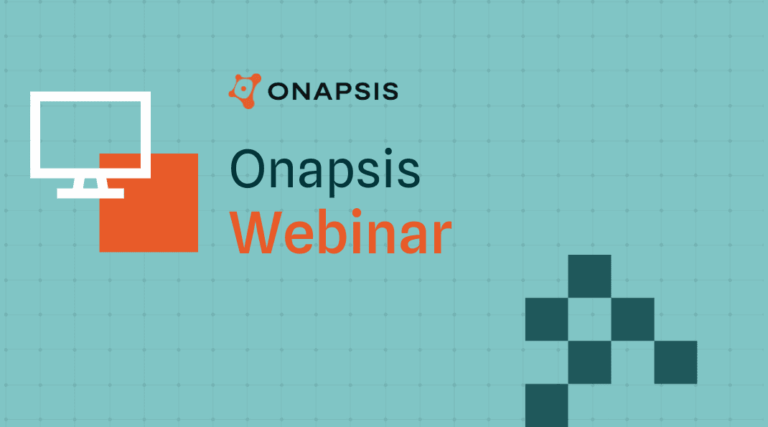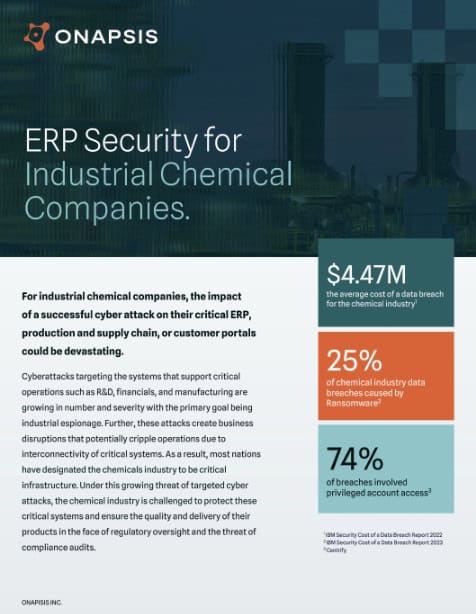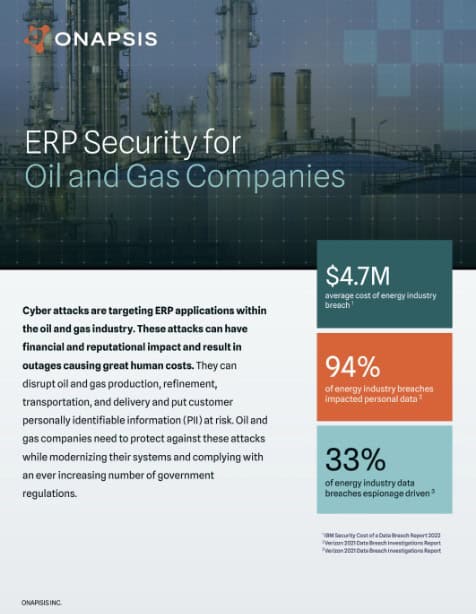1000 Reasons: Lessons Learned from a Decade of Business-Critical Application Security
Insights from Onapsis Founders on Protecting Critical Systems of Leading Brands and Modern-Day ERP Security Strategies

Insights from Onapsis Founders on Protecting Critical Systems of Leading Brands and Modern-Day ERP Security Strategies
Enhancing Security and Efficiency: Exploring the Benefits of DevSecOps Integration in SAP Environment
Unlocking the Security Potential of Your ERP Landscape

Utility companies, whether they are responsible for the delivery of electricity, gas, or water, need to focus on ensuring reliability, resiliency, and maintaining security for systems and data.
Exploring the Evolving Landscape of ERP Digital Transformation and Strategies to Mitigate Security Risks

For industrial chemical companies, the impact of a successful cyber attack on their critical ERP, production and supply chain, or customer portals could be devastating.

Enterprise resource planning (ERP) systems, like SAP and Oracle E-Business Suite (EBS), are the operational engine of many organizations—running business-critical applications and holding the sensitive data needed for businesses to function.

ERP Systems Are Complex, but ERP Security Doesn’t Have to be Complicated

Cyber attacks are targeting ERP applications within the oil and gas industry. These attacks can have financial and reputational impact and result in outages causing great human costs.